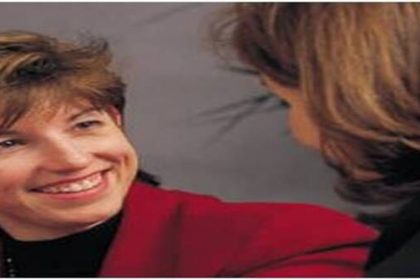The old quote from Helga Rhodes continues to resonate: “Conflict is a fact of life; it does not have to be a way of life.” Many coaches have worked with a coaching client that is struggling with regular or ongoing conflict in the workplace. As a coach, how do you work with a client to move past the conflict proactively?
Imagine this coaching conversation (as a note: clearly more time is involved in reaching the point of the strategy so this is a shortened version):
Client: My counterpart is really pushing my buttons and making it hard to engage my boss.
Coach: What specifically is being said or done?
Client: Well, he keeps saying it meetings that I don’t know what I am talking about and then he gets our boss to give him the go ahead on something that blocks the work of my team.
Coach: What do you want happening in the meetings?
Client: Really I just want to be heard out, the options discussed, then a fair decision made.
Coach: What are your options for making that happen?
Client: Well, I could go talk to my boss.
Coach: What else?
Client: I could speak up more in the meeting.
Coach: What else?
Client: I could start attacking my counterpart like he attacks me.
Coach: What else?
Client: I guess I could talk to my counterpart in advance of a meeting about working together.
Coach: What is your action plan?
Client: Well, first I will talk with my counterpart and see if we can work it out. If not I will talk with my boss and ask what he wants from me when considering options. Either way I will make sure I speak up in meetings.
Coach: When you talk with your counterpart, how will you approach the conversation?
Client: Hmm. Well, I guess I better find out what is driving him first and then figure out how to create the win/win.
Coach: Good work. When you have meetings, what will it take for you to speak up effectively?
Client: Well, I plan to acknowledge his ideas, and then add there is a different possibility, and then present my ideas and ask for input.
Coach: Good work.
The key to this process is that first the client has the opportunity to express his experience, then he defines the issues, generates multiple solutions, and develops his strategy. The coach further supports this by asking for the “how to” of the action steps.
What other approaches have you used in conflict coaching?




